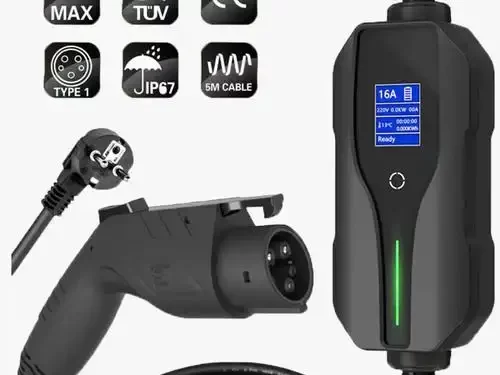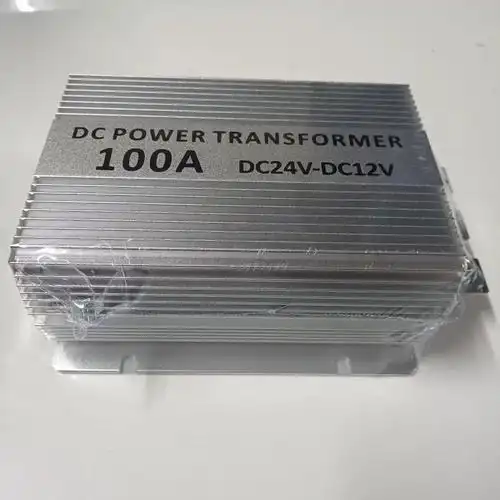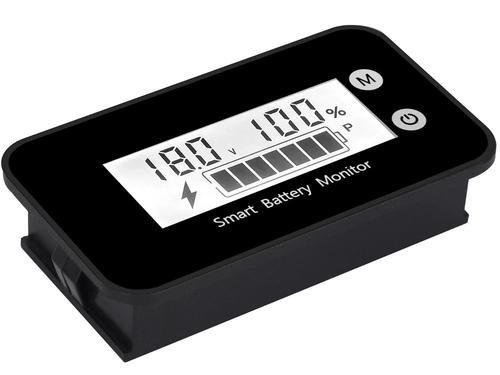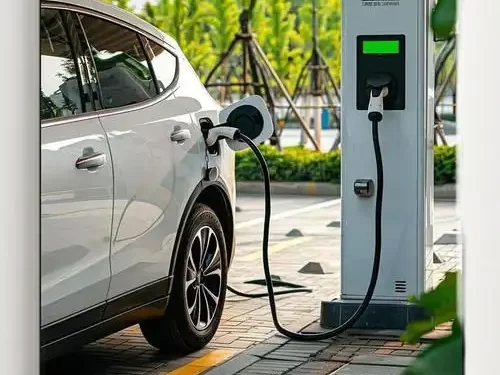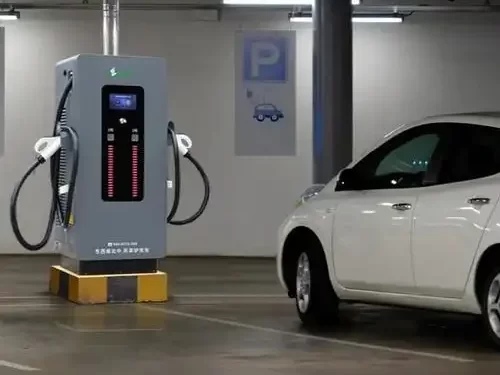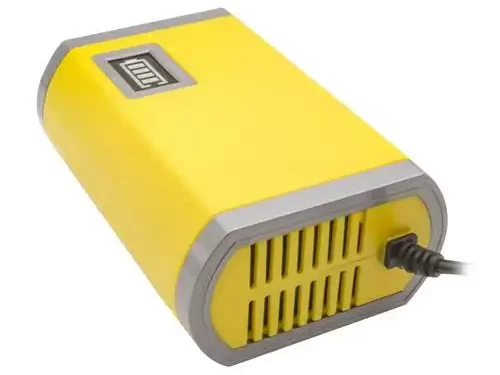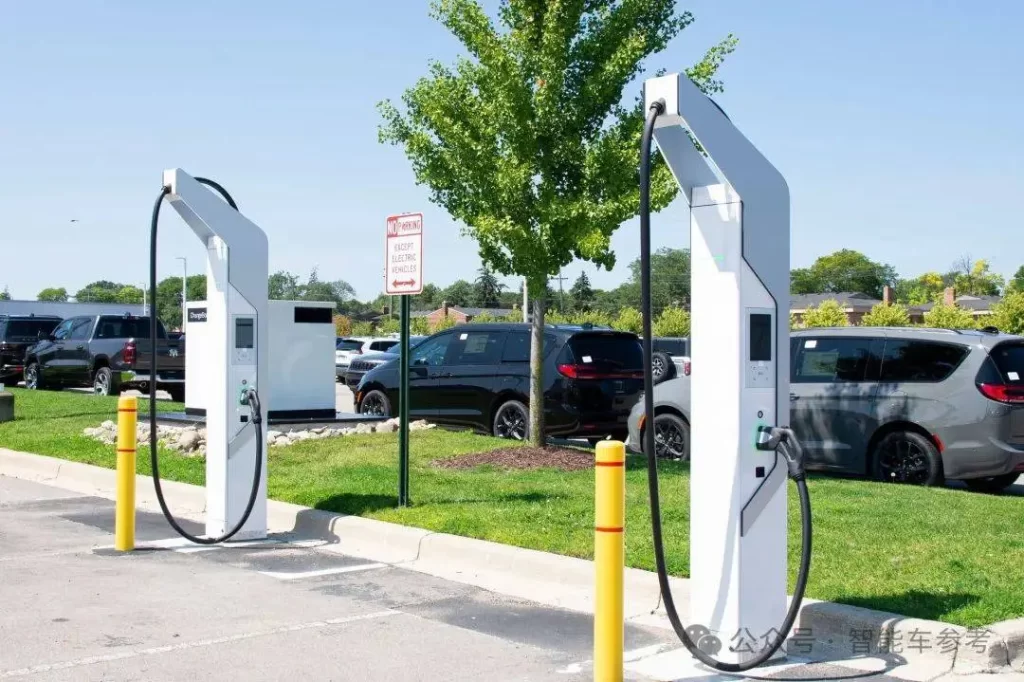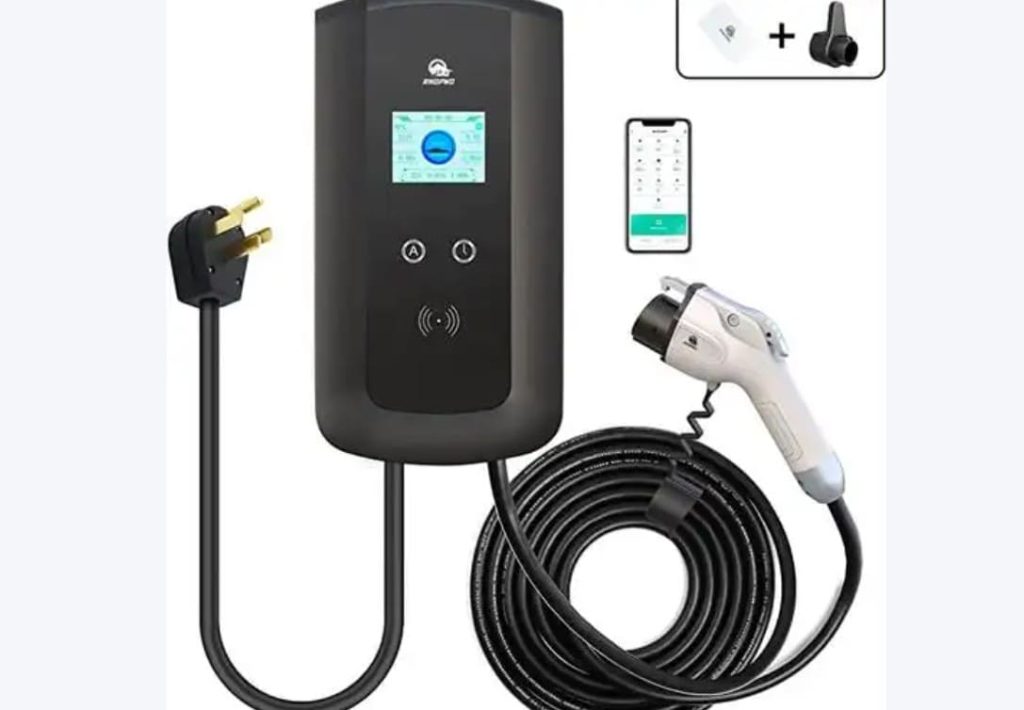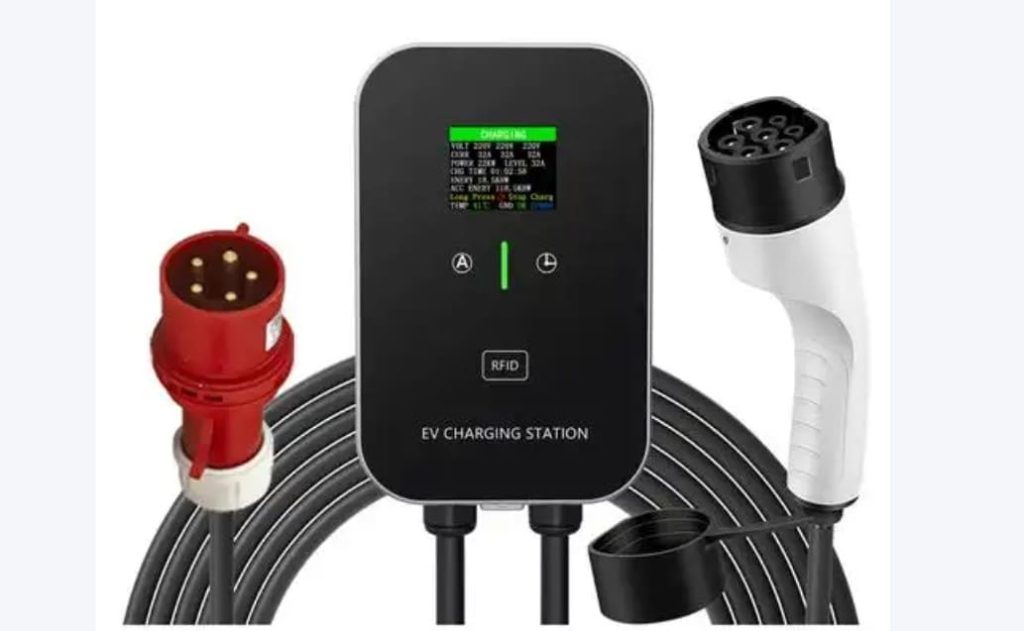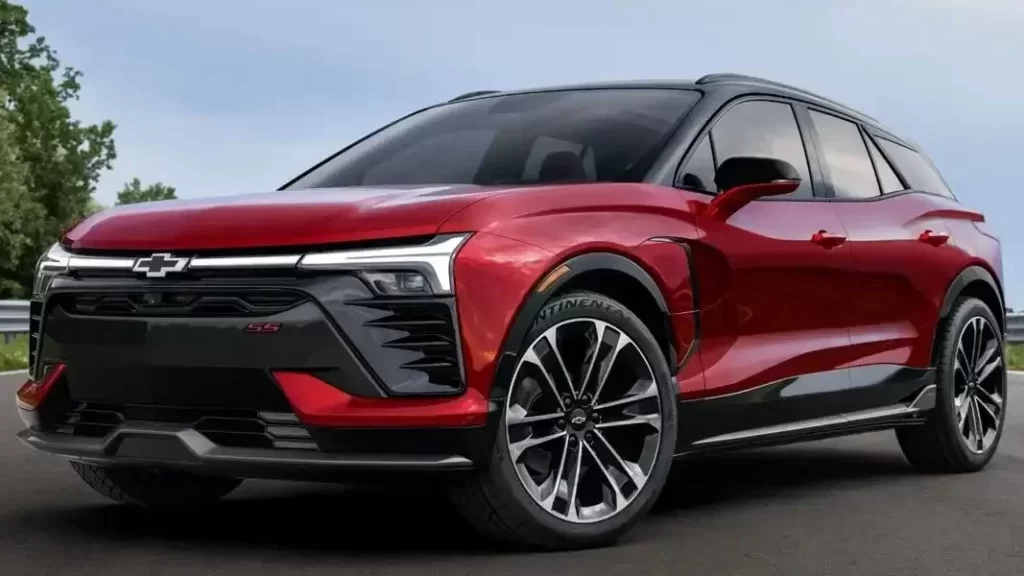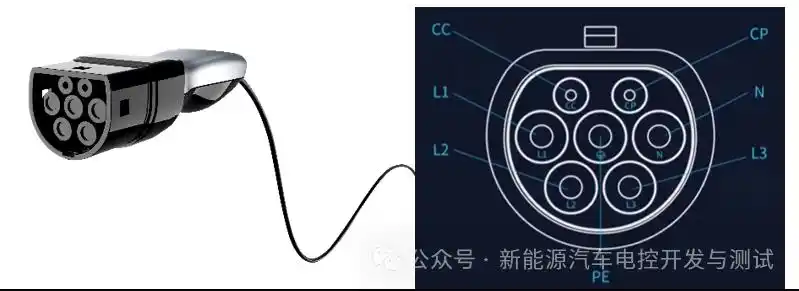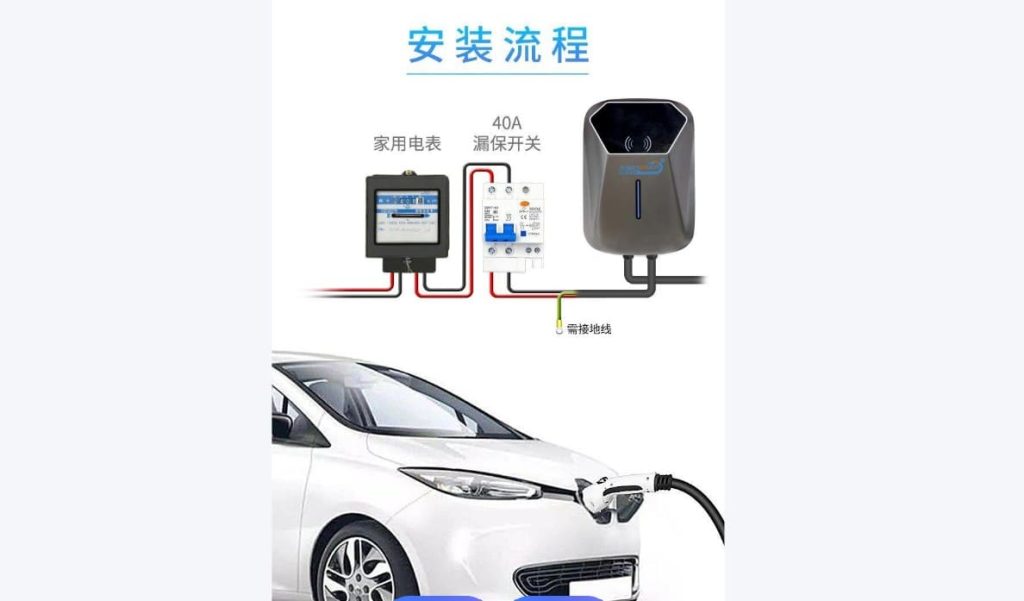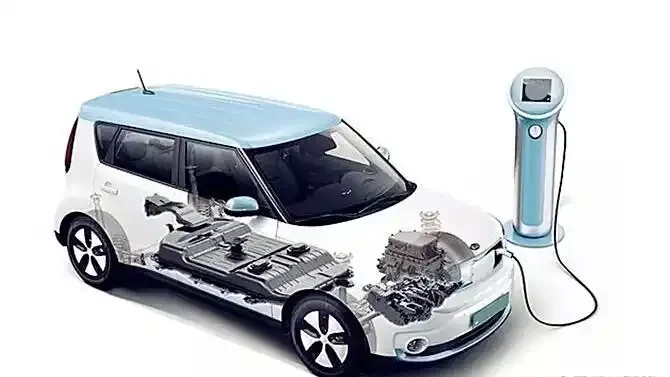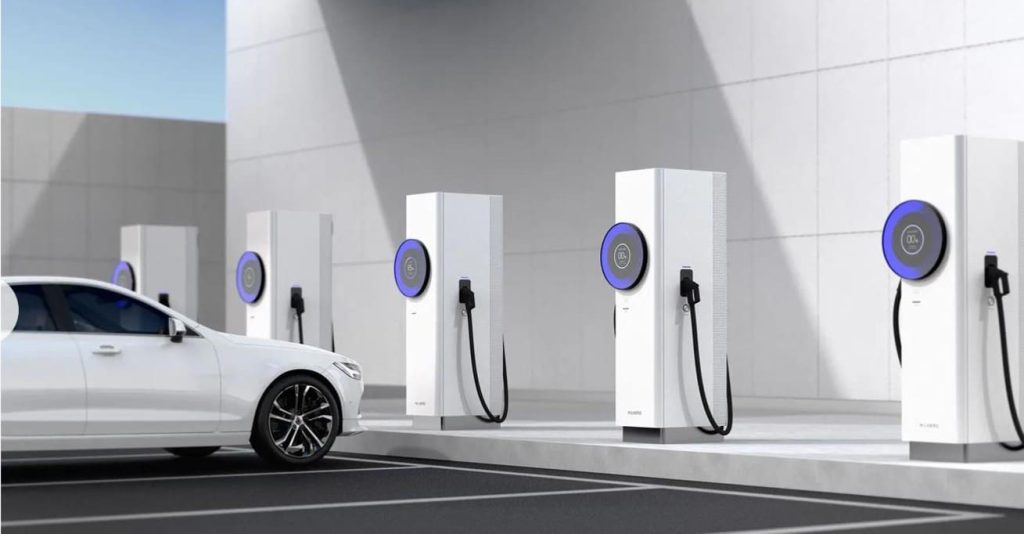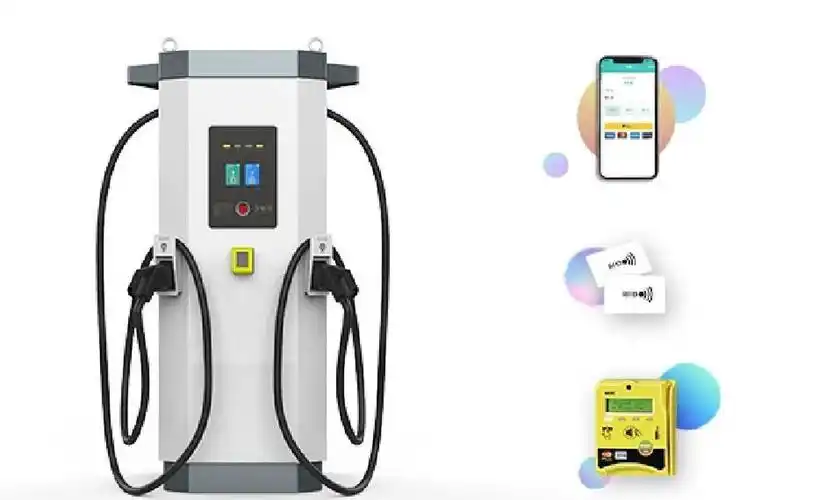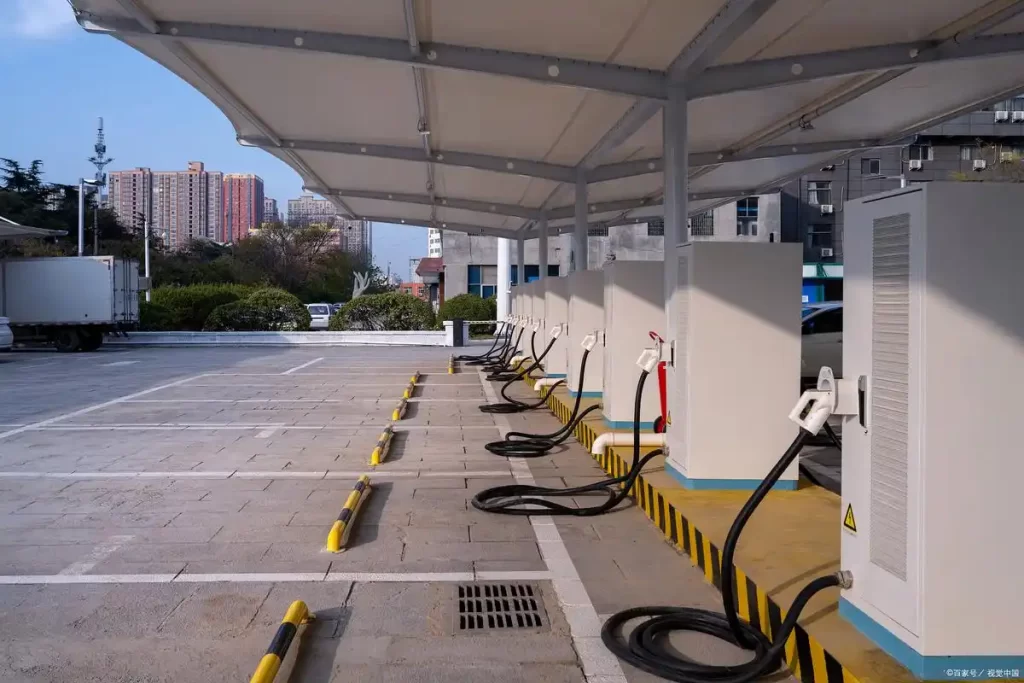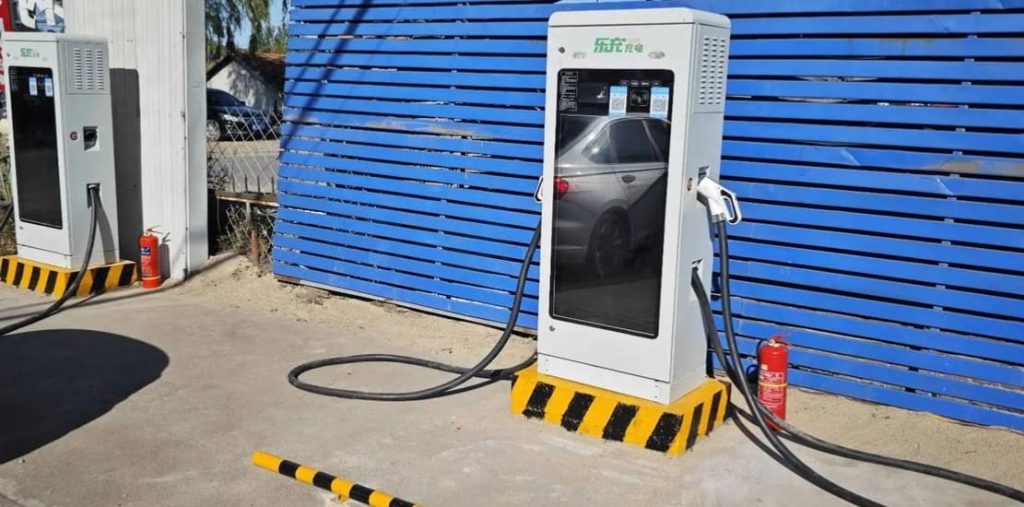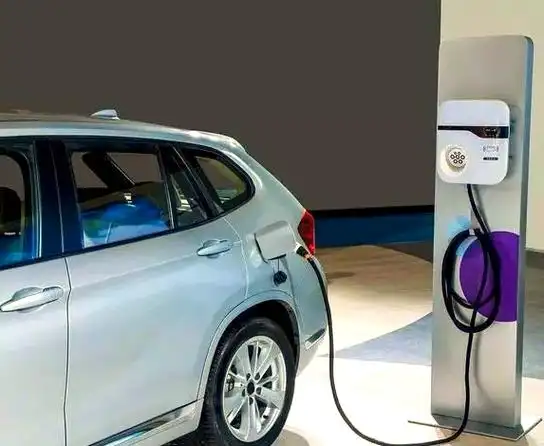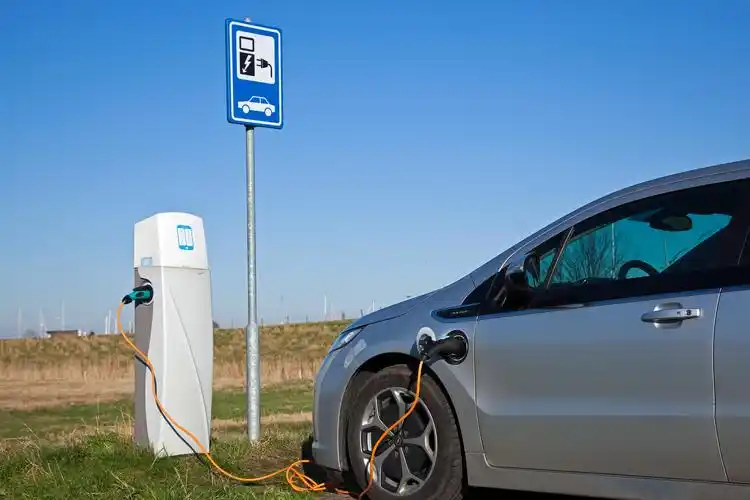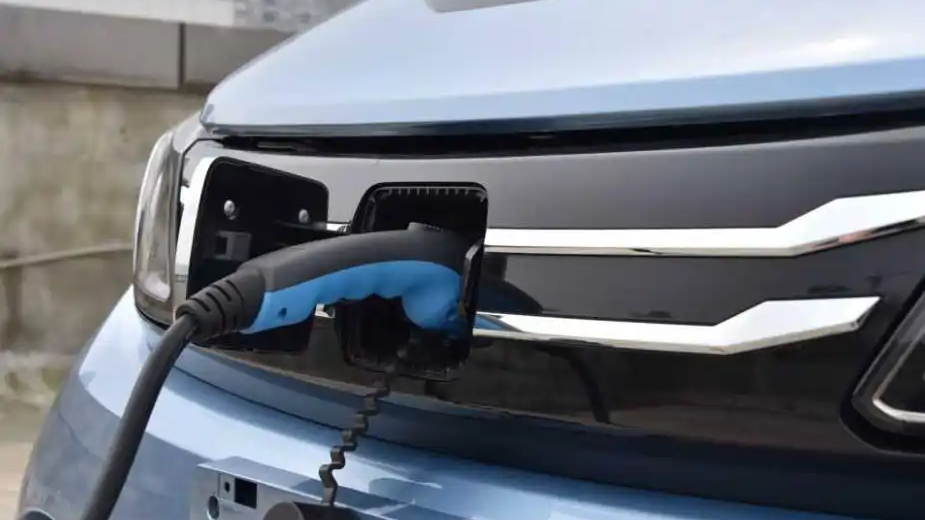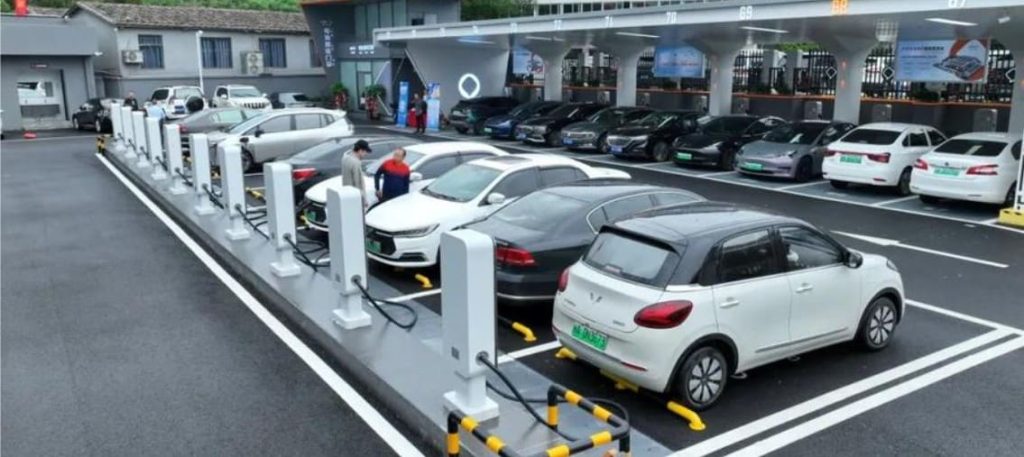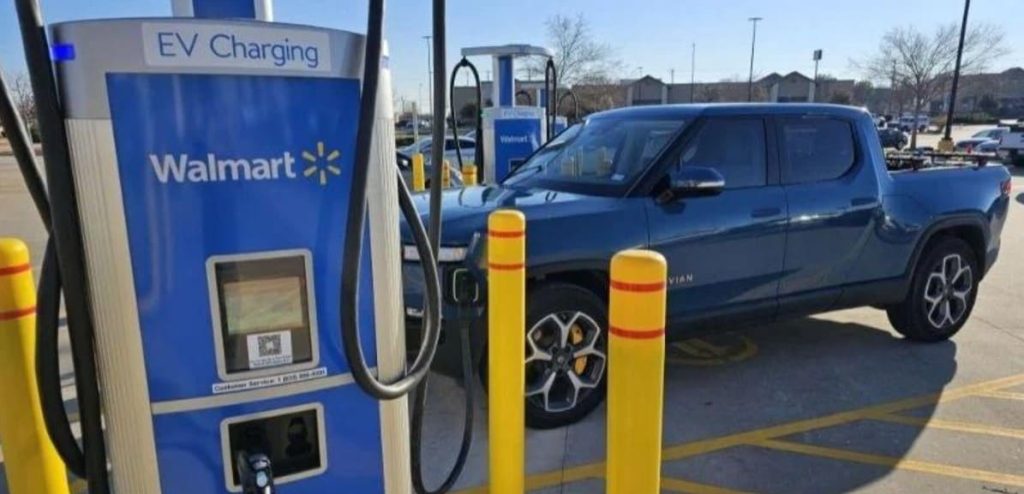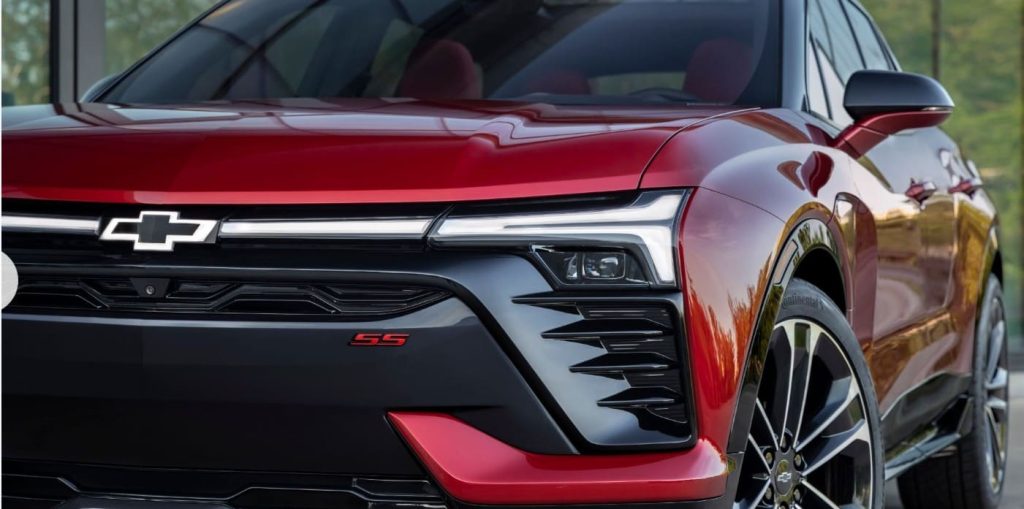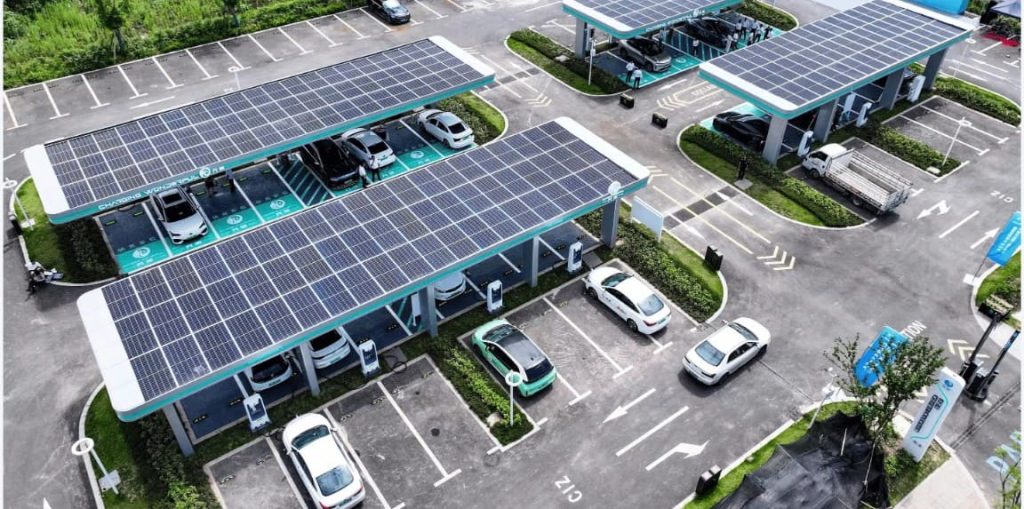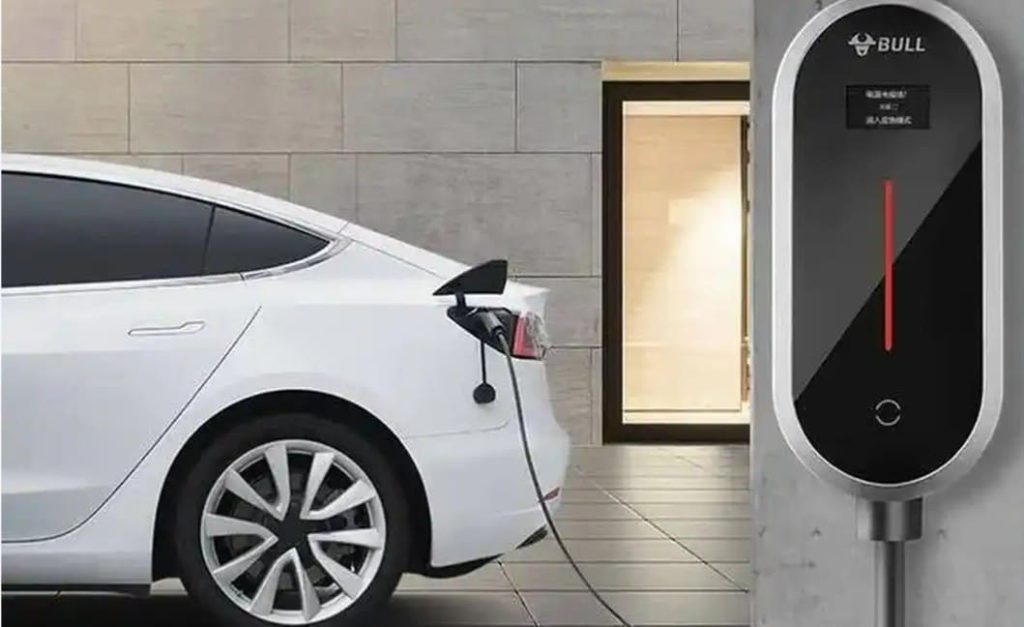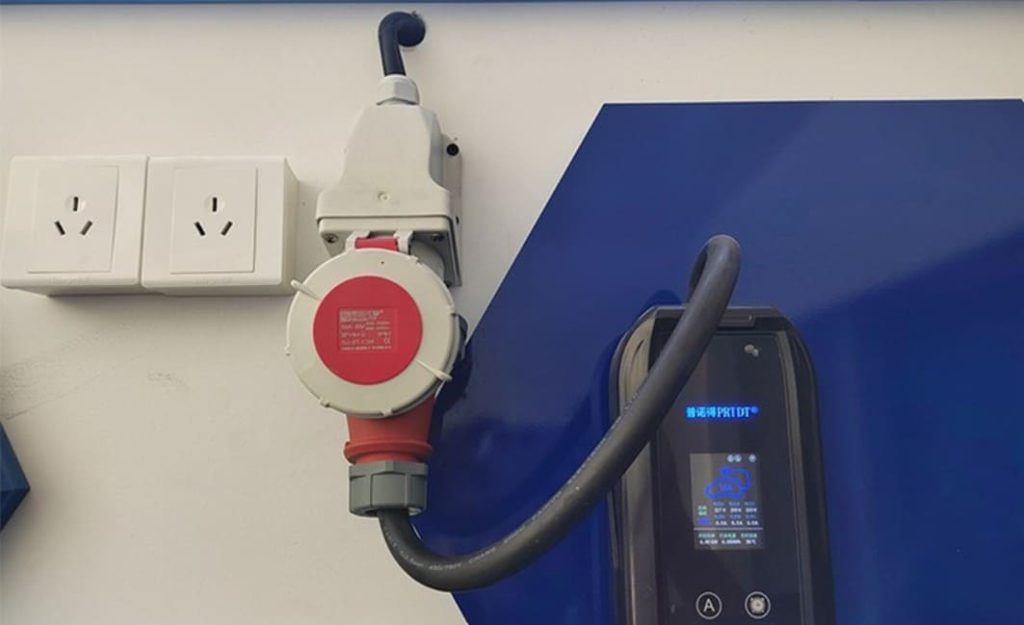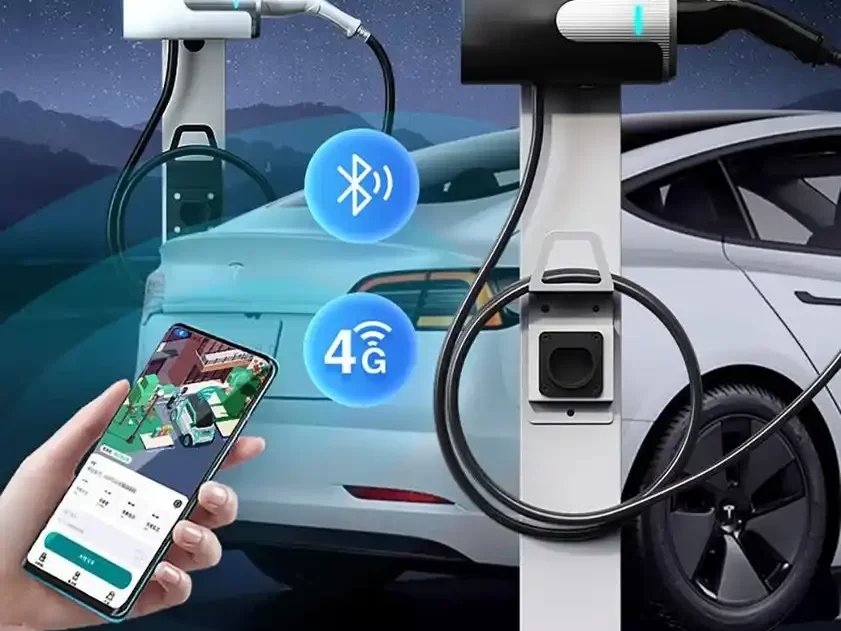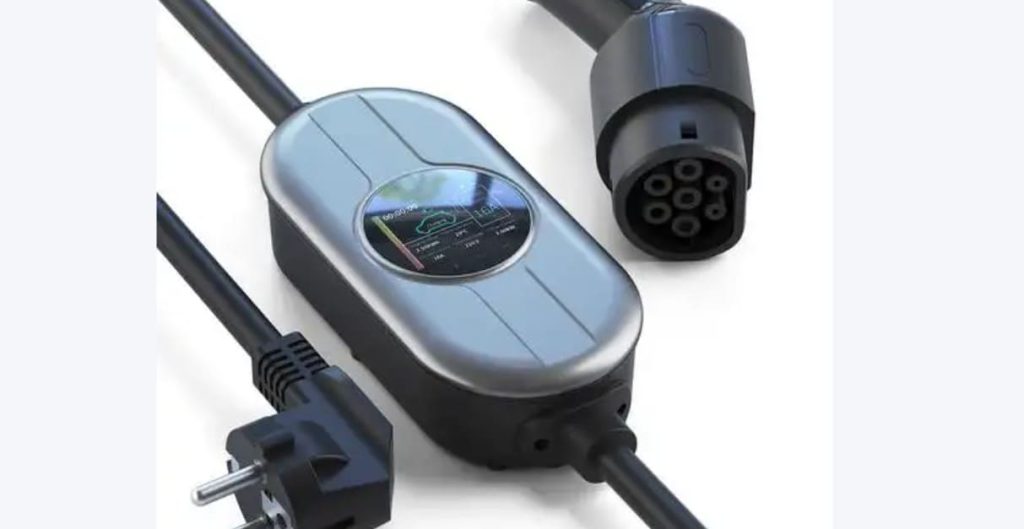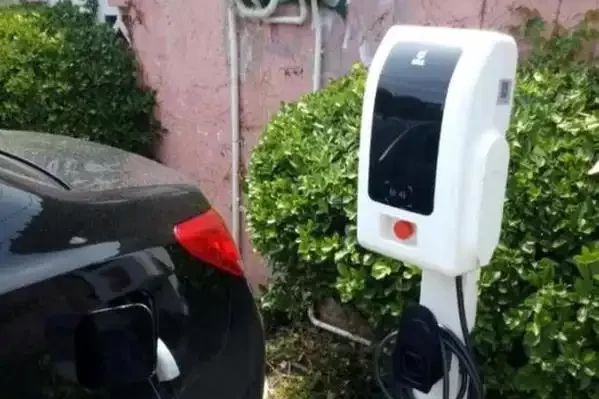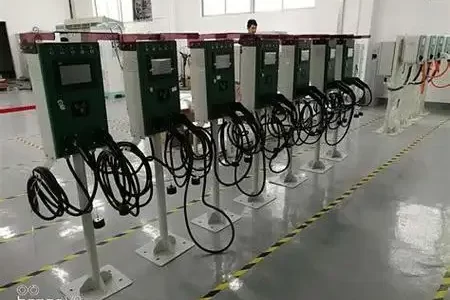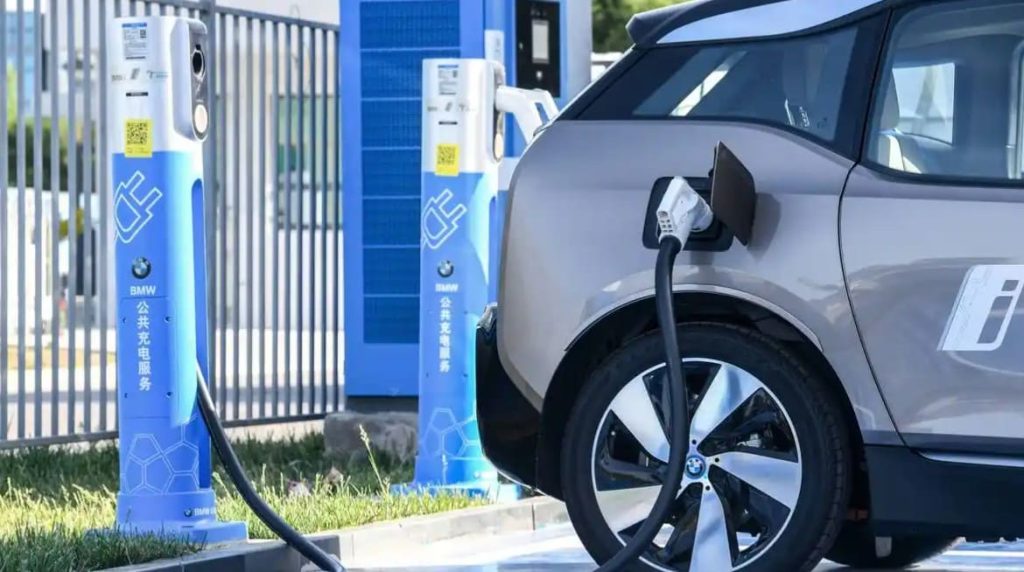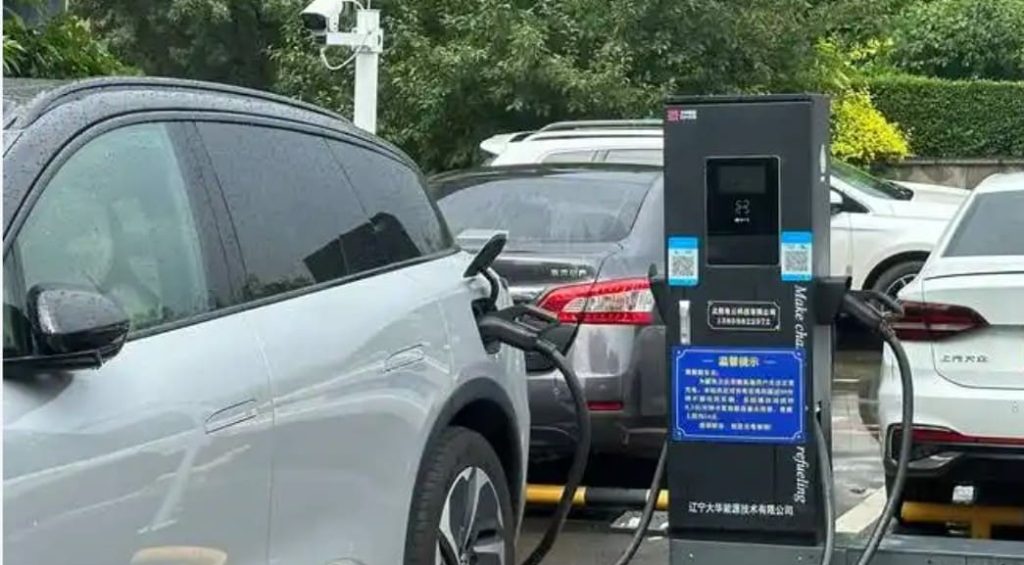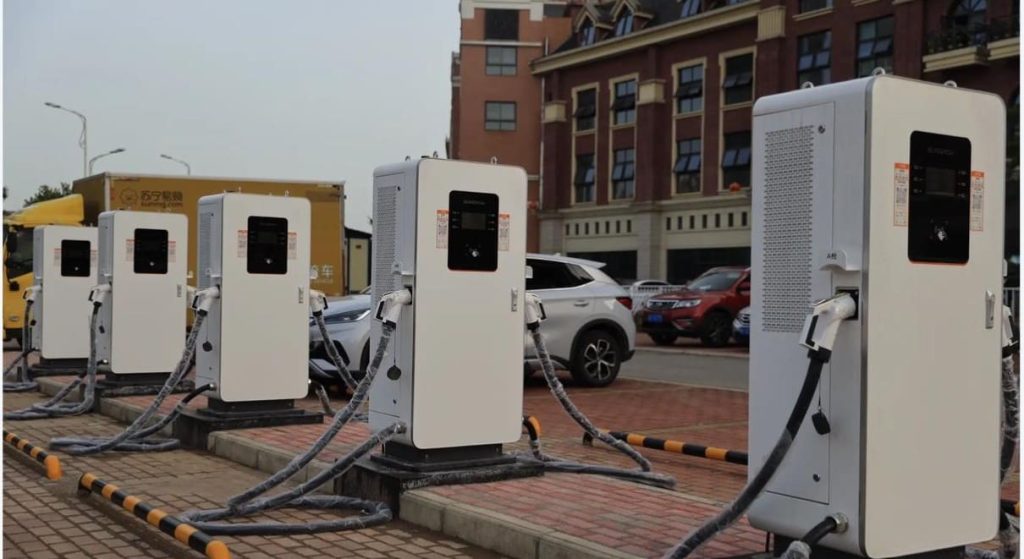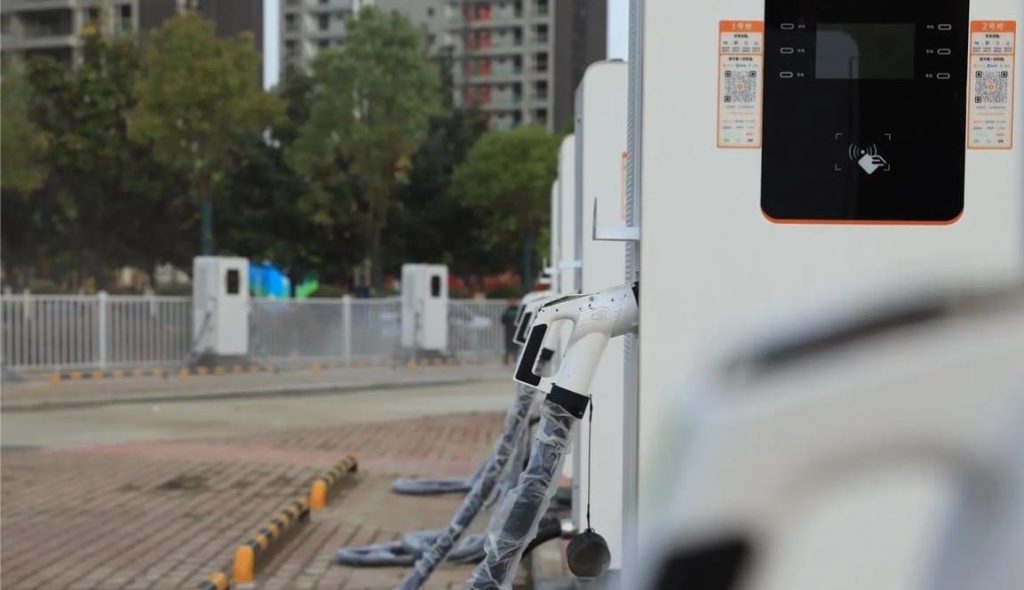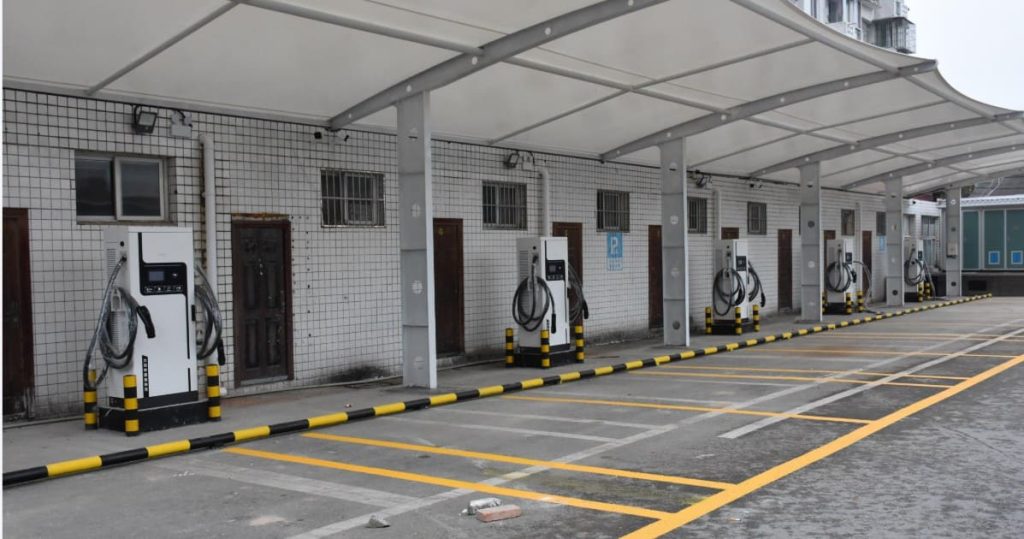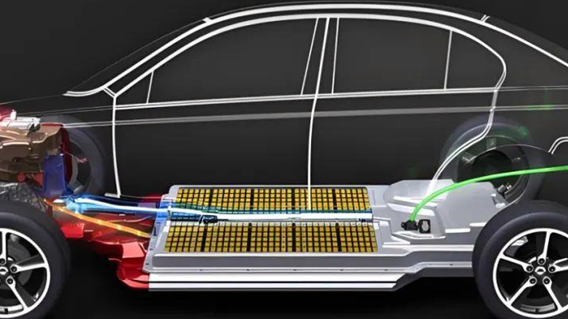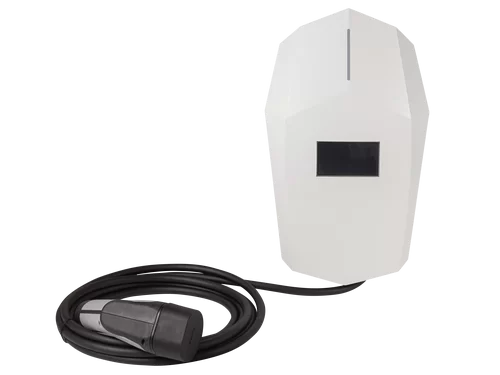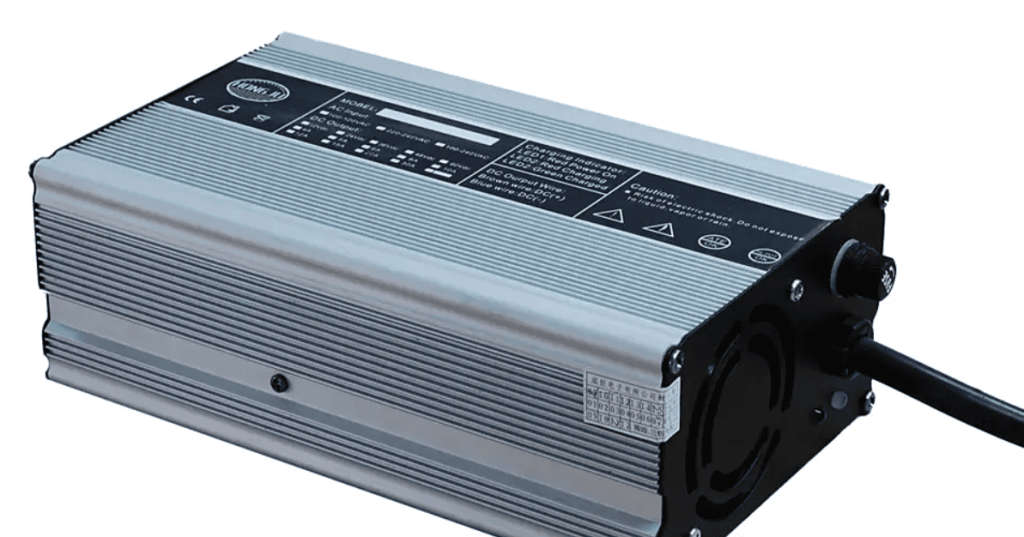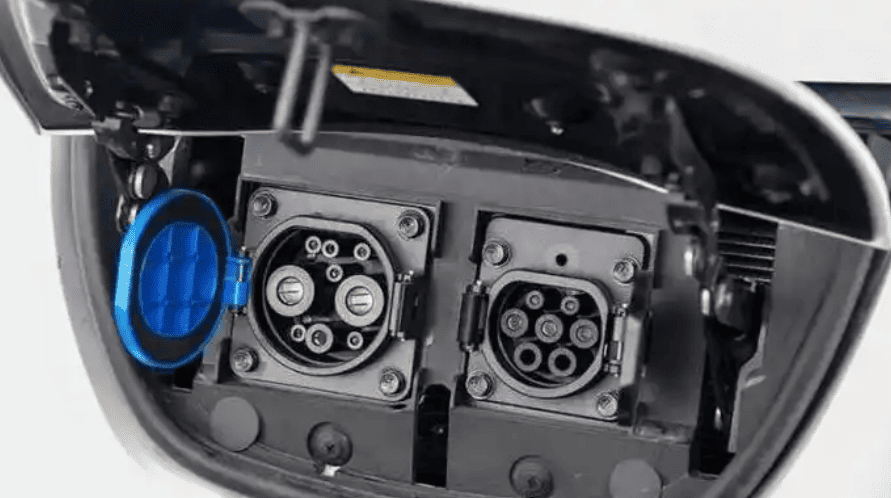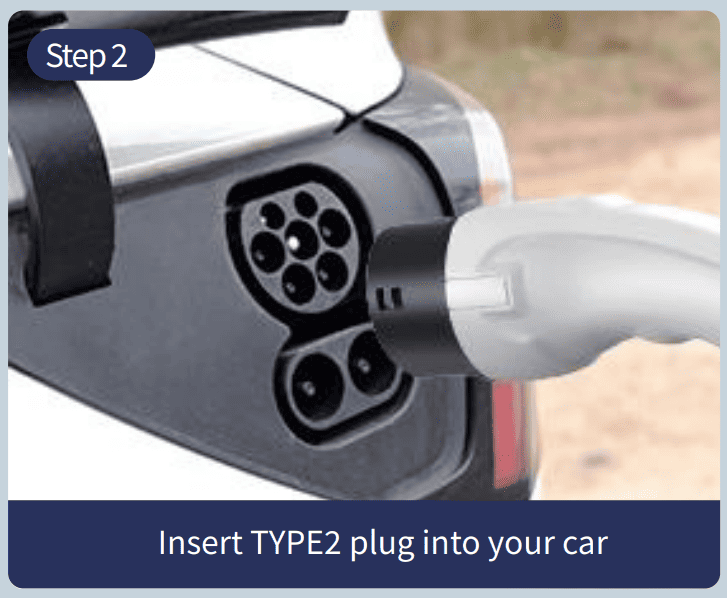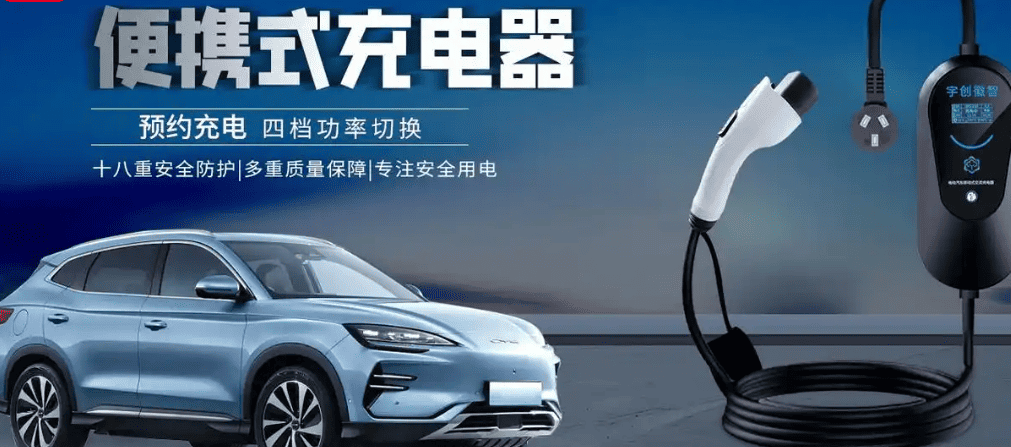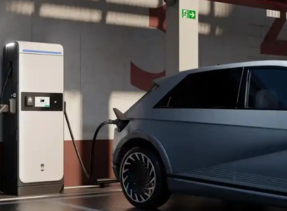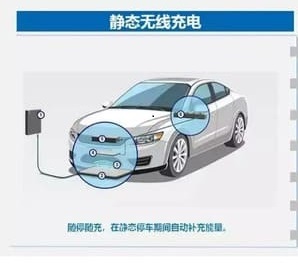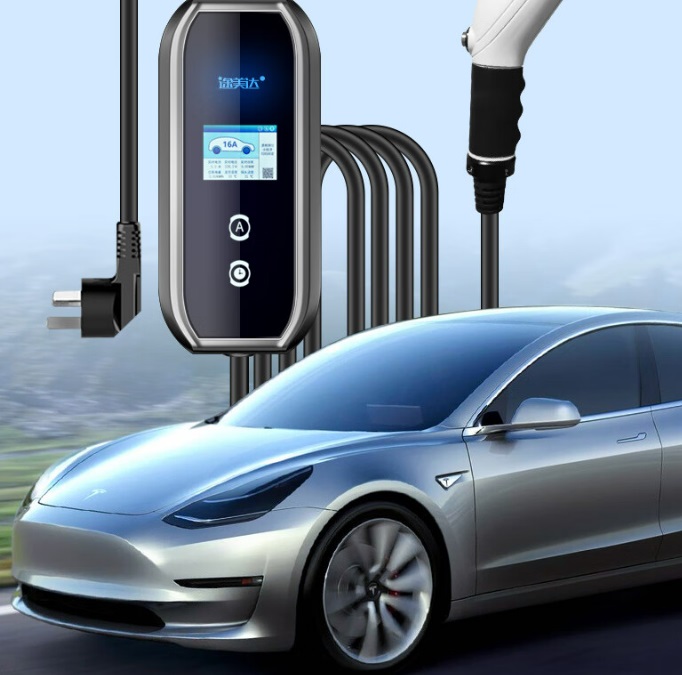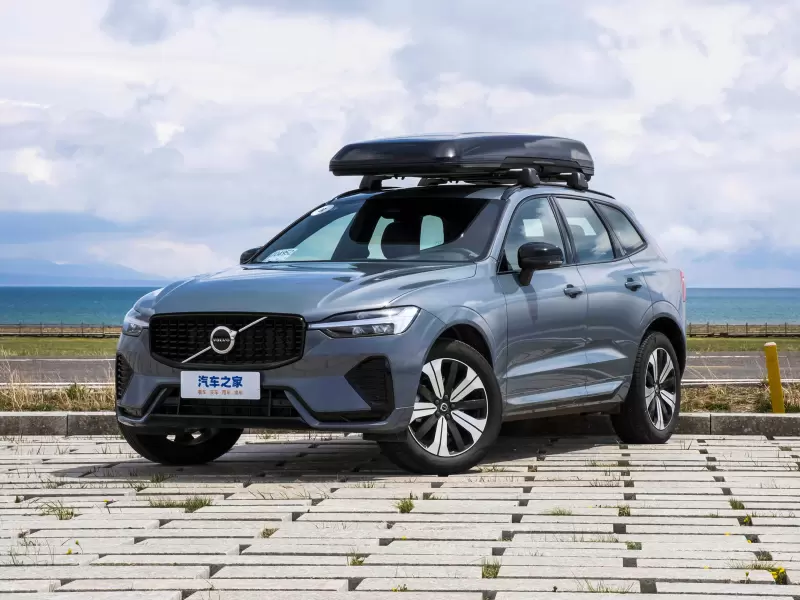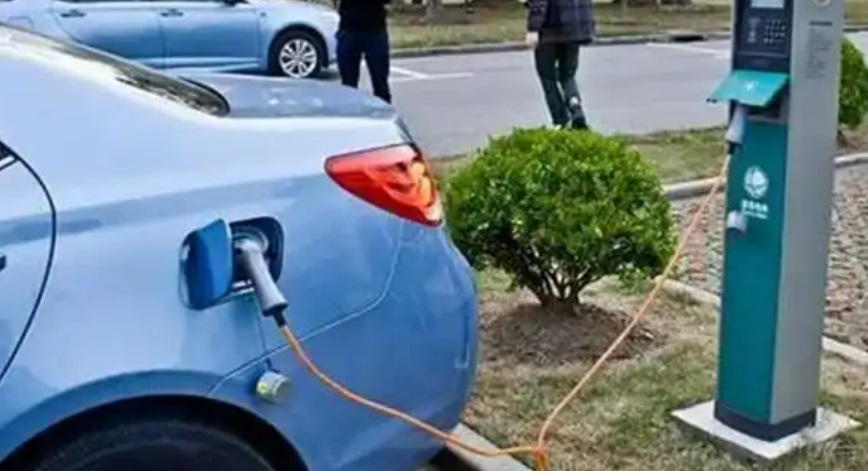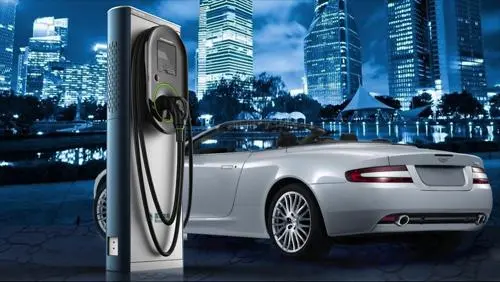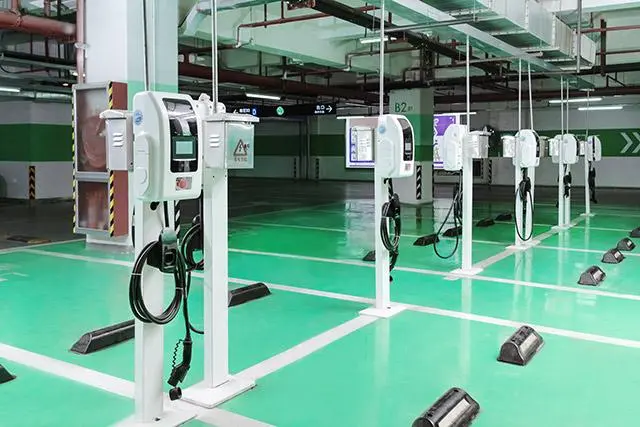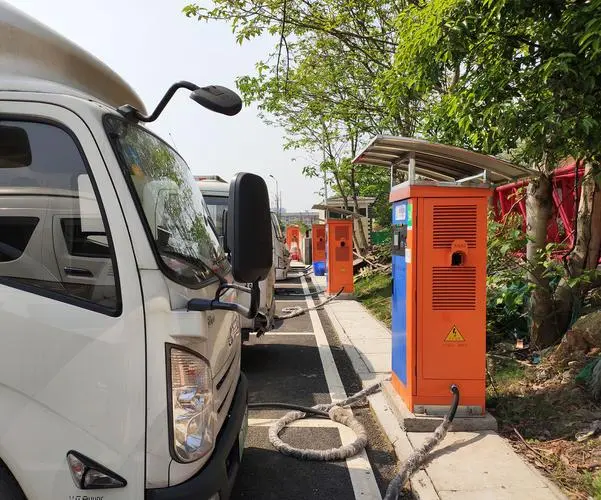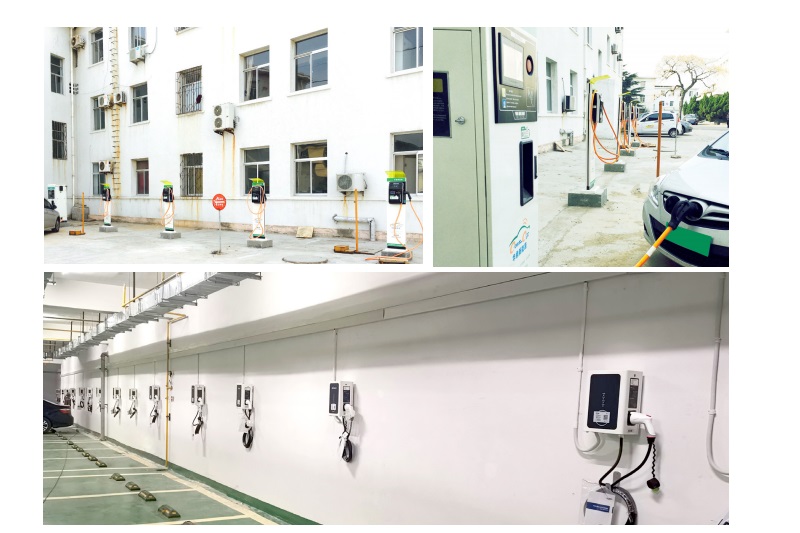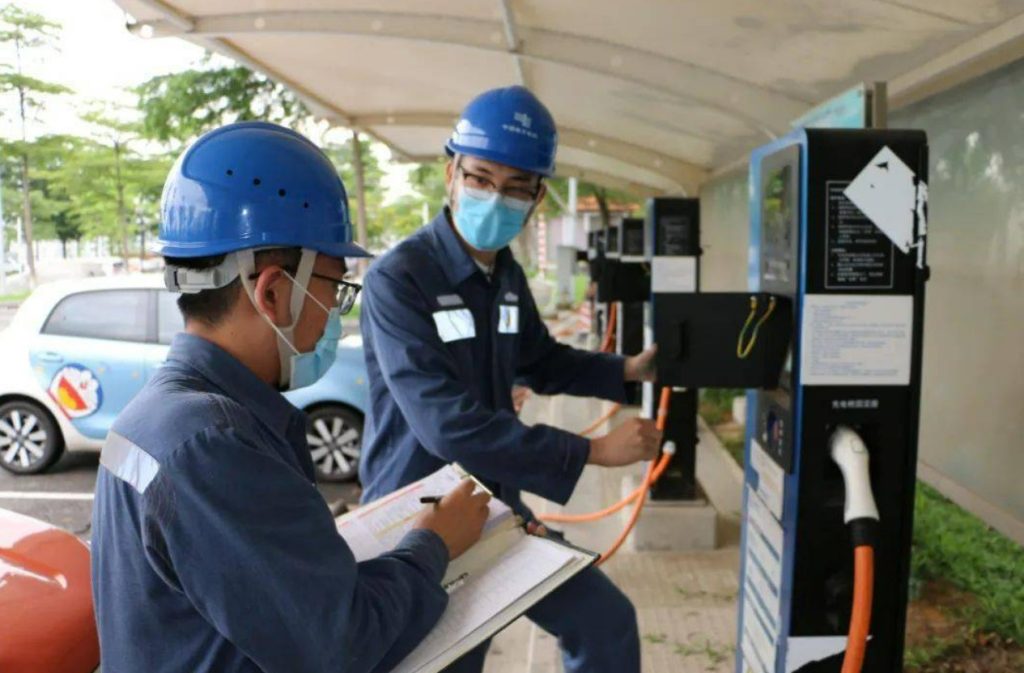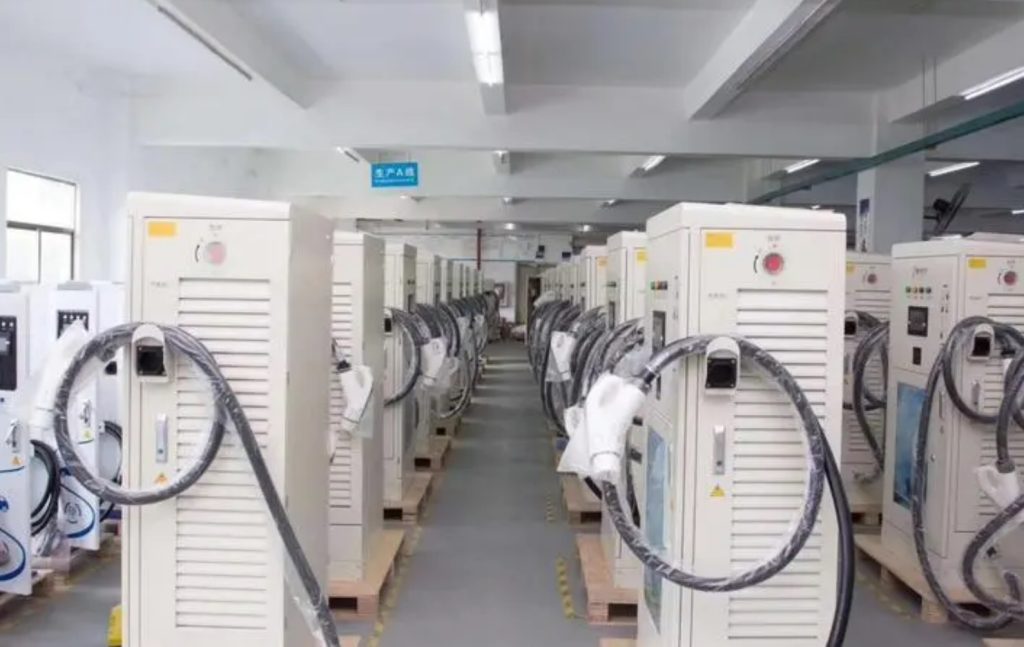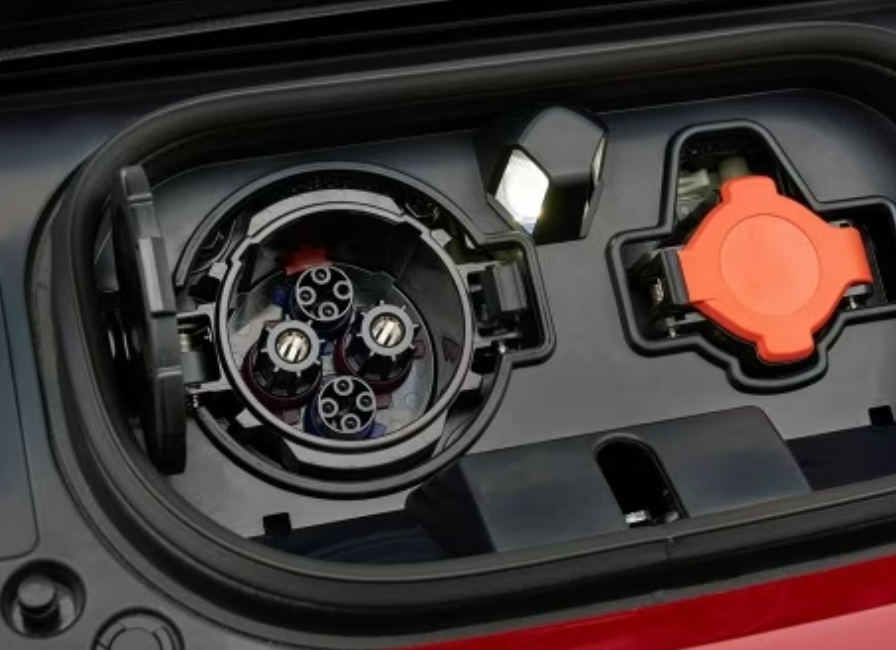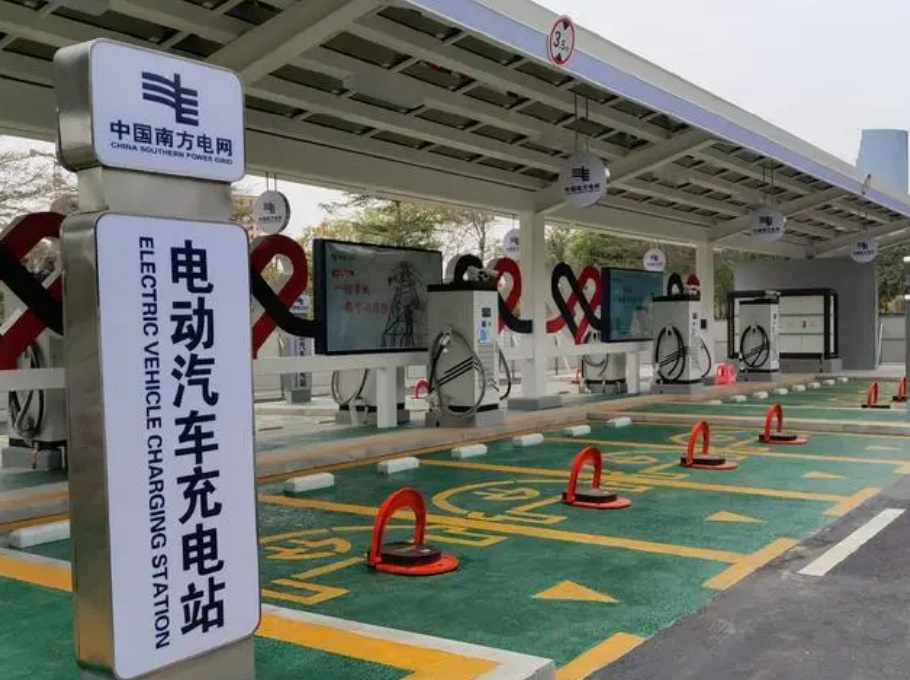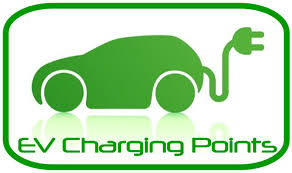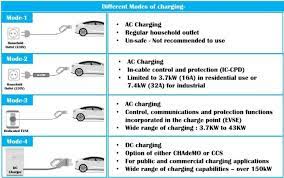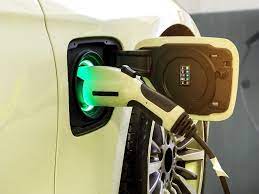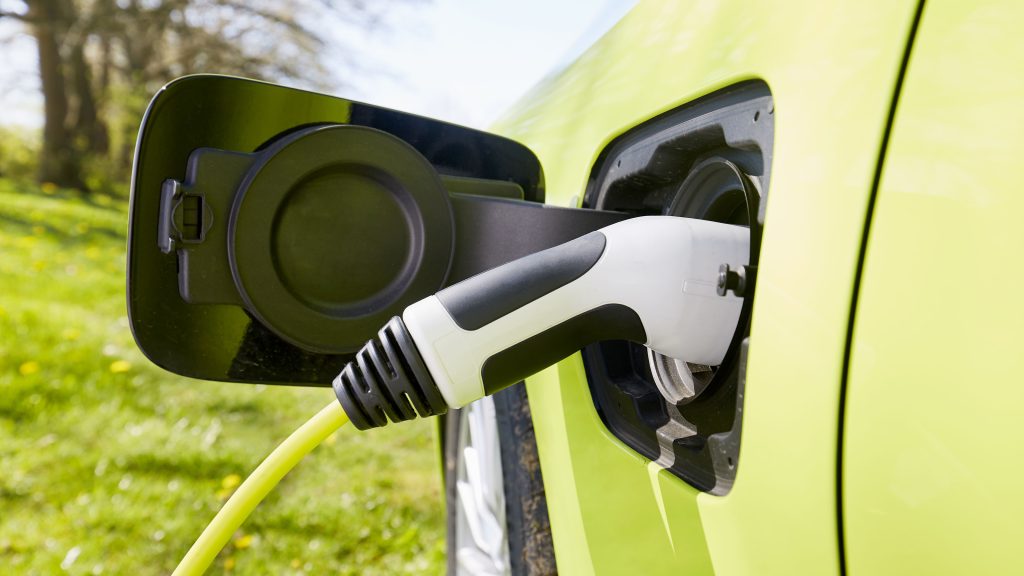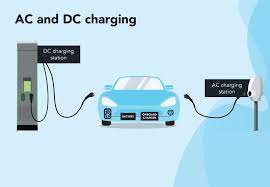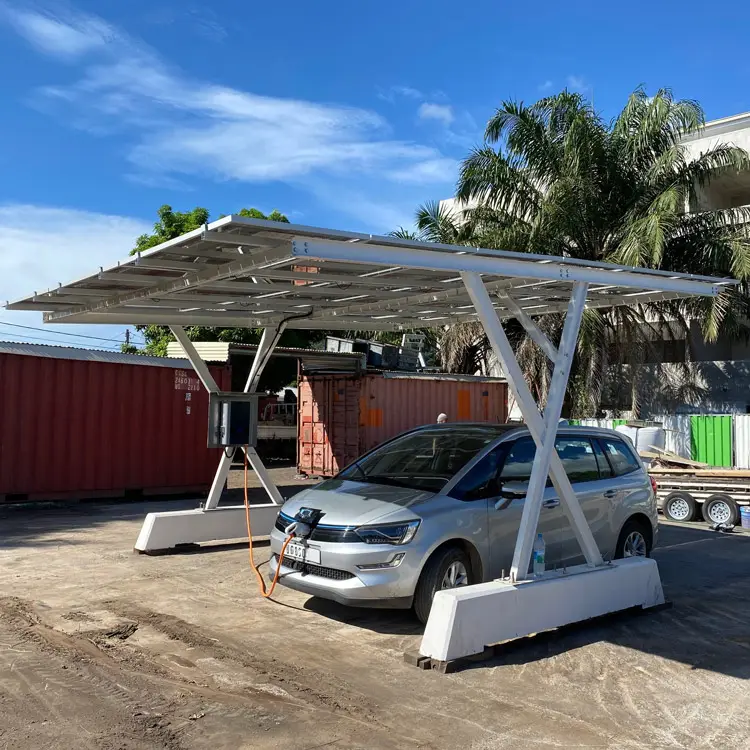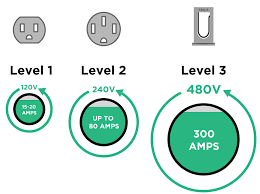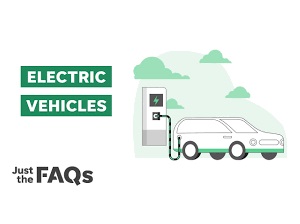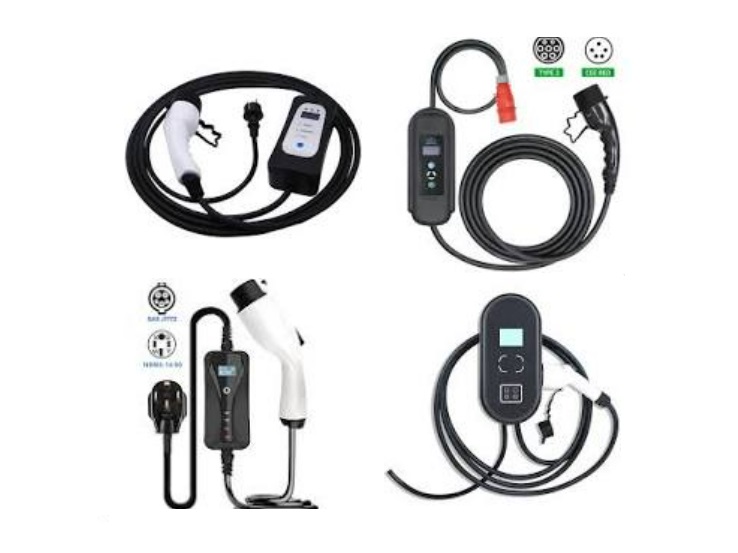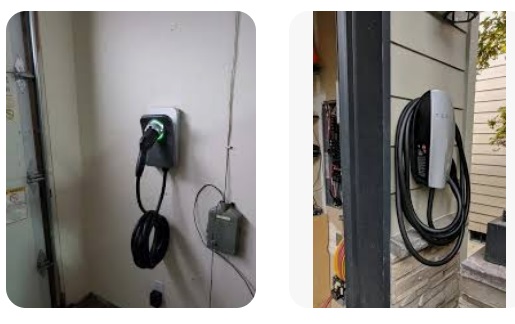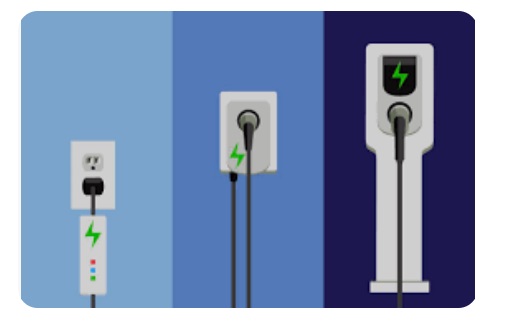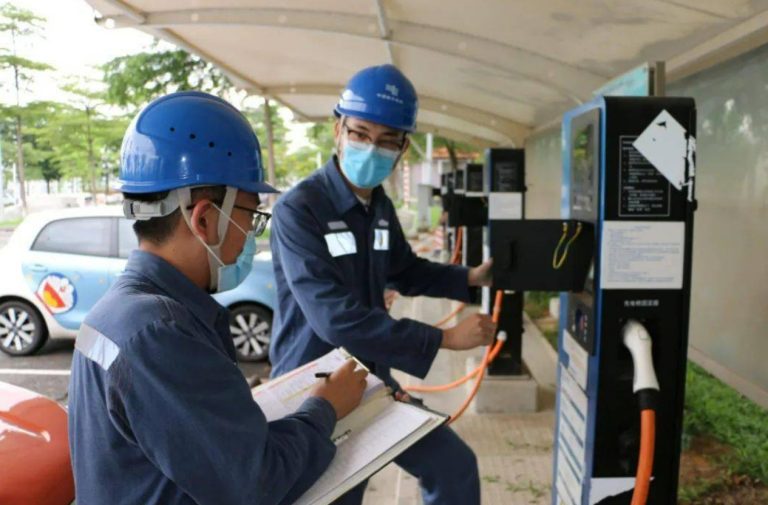Can ev charger be mounted on wood?
Can ev charger be mounted on wood?Can AC charging piles be installed on wooden structures?
NO, It is not recommended to install AC charging piles on wooden structures. During operation, the internal electrical components of an AC charging pile generate heat. Although they are designed with heat dissipation mechanisms, there is still a risk of heat accumulation. Wooden structures are flammable, and prolonged exposure to heat increases the risk of fire.
Additionally, if an electrical fault such as leakage occurs during the charging process, wooden structures cannot provide proper grounding like metal or concrete structures, making it harder to divert leakage current to the ground and increasing the risk of electric shock.
If installation near a wooden structure is unavoidable, fireproof and insulating mounting brackets should be used to separate the charging pile from the wooden structure, ensuring a safe distance. At the same time, the charging pile must be properly grounded with an independent and reliable grounding system, and the grounding resistance must comply with electrical safety standards.
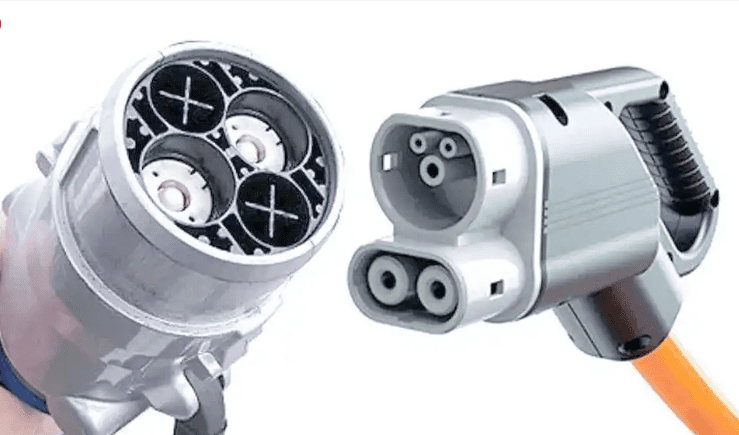
The installation of charging piles must meet a series of safety and regulatory requirements, including site conditions, power supply access, installation environment, legal compliance, and technical specifications.
First, charging piles need to be installed on stable, flat ground with sufficient load-bearing capacity to ensure vertical stability—conditions that wooden posts may not meet. Second, charging piles generate significant heat during operation. Poor ventilation can lead to overheating, compromising safety and lifespan. Therefore, the installation area must be well-ventilated. Furthermore, charging piles require a stable power supply, typically 220V or 380V AC, which cannot be provided on a wooden post.
Thus, it is recommended to install charging piles on compliant concrete foundations or other stable structures, ensuring proper ventilation and a stable power supply. Before installation, local authorities should be consulted to understand specific legal and policy requirements, ensuring lawful and compliant use.
Is it legal to install a charging pile on a tree?
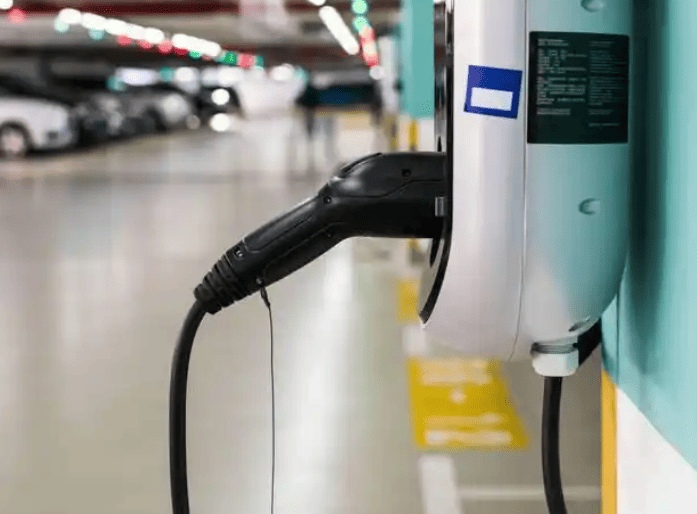
Installing a charging pile on a tree is illegal. Here’s a detailed analysis:
- Owner’s Rights and Obligations
- According to Article 272 of the Civil Code of the People’s Republic of China, owners have the right to possess, use, benefit from, and dispose of the exclusive parts of their buildings. However, exercising these rights must not endanger the safety of the building or harm the legitimate rights and interests of other owners.
- Installing a charging pile on a tree clearly endangers the tree and surrounding environment, potentially harming other owners’ rights, such as by affecting the landscape or creating safety hazards.
- Management of Shared Areas
- Article 273 of the Civil Code states that owners have rights and obligations regarding shared areas outside their exclusive building parts.
- Trees are generally considered shared property of the community or property management, and their use must comply with shared area regulations.
- Installing a charging pile on a tree without other owners’ consent and potentially damaging shared property violates legal principles.
- Property Management Regulations
- According to Article 2 of the Property Management Regulations, property management involves maintaining and managing buildings, facilities, and related areas to uphold hygiene and order.
- Property managers have the authority to oversee community facilities, ensuring safety and order.
- Installing a charging pile on a tree violates community regulations and may introduce safety risks and disorder.
In summary, installing a charging pile on a tree violates owners’ rights and obligations regarding exclusive and shared property, as well as property management regulations. Therefore, it is illegal.
Detailed Standards for Installing Electric Bicycle Charging Sockets
Location selection away from damp and flammable areas, use of national-standard copper-core wires and waterproof sockets, and regular inspections for overload and aging—standardized installation ensures both safety and efficiency while extending equipment lifespan. From site planning to wiring and testing, this article details the full process of installing electric bicycle charging sockets, helping you avoid fire hazards and improve charging stability and device durability.
Proper installation not only ensures charging safety and efficiency but also extends the lifespan of both the charging socket and the electric bicycle. This article will elaborate on the installation standards for electric bicycle charging sockets, covering site selection, material preparation, installation steps, and safety precautions.
1. Site Selection
Before installing an electric bicycle charging socket, the primary task is selecting a suitable location. Consider the following factors:
- Safety: Choose a well-ventilated, dry area free of flammable materials. Avoid installing sockets in damp environments like bathrooms or kitchens, or near heat sources. Keep away from flammable or explosive items such as wood, paper, or paint to prevent fire hazards during charging.
- Convenience: Consider the parking location of the electric bicycle and choose a spot that is easily accessible without disrupting daily activities. The socket should be installed near the parking area at a height and position that allows easy plugging and unplugging.
- Compliance: Ensure the chosen location complies with local building codes and safety standards. Avoid areas where electrical installations are prohibited, and adhere to regulations from fire, planning, and power departments.
2. Material Preparation
The following tools and materials are needed for installation:
- Charging socket and accessories: Choose nationally certified, reliable brands with features like waterproofing, dust resistance, and overload protection. Common accessories include the socket body, mounting screws, and wiring terminals.
- Wires: Select copper-core wires of appropriate length and gauge (typically 2.5mm² or 4mm²). Ensure the length is sufficient for convenient charging.
- Electrical tools: Screwdrivers, drills, level gauges, tape measures, wire strippers, insulating tape, multimeters, etc., for measuring, drilling, wiring, and securing the socket.
- Safety gear: Insulated gloves, safety goggles, etc., to protect during installation.
3. Installation Steps
Follow these steps for installation:
- Power off: Before any electrical work, turn off the power to the installation area by switching off the circuit breaker or unplugging the main power supply.
- Measure and mark: Use a level and tape measure to mark the socket’s installation position, ensuring accuracy and alignment. Consider ease of use for charging.
- Drill and secure: Drill holes at the marked spots and install expansion screws or mounting brackets. Ensure the bracket is firmly fixed.
- Wiring: Strip the wire insulation to expose the copper core, insert it into the terminal, and tighten with a screwdriver. Differentiate live, neutral, and ground wires for correct connections. Wrap exposed wires with insulating tape to prevent electric shock.
- Install the socket panel: Attach the panel to the mounted base, ensuring it is flat and secure. Pay attention to orientation for ease of use.
- Test and debug: After confirming all connections, restore power and test. Check if the indicator light is on and use a multimeter to verify voltage. Address any abnormalities immediately.
4. Safety Precautions
Take the following safety measures during installation:
- Avoid overload: Regularly check if the socket’s rated current and power meet the electric bicycle’s needs. Use overload protection to cut power when exceeding limits.
- Waterproofing: For outdoor installations, use waterproof sockets and rain covers. Regularly inspect waterproofing to prevent short circuits or shocks.
- Regular inspections: Check for damage or aging in sockets and wires, replacing them if needed. Ensure connections are secure to prevent fires.
- Child safety: Install sockets out of children’s reach and educate them on electrical safety.
- Proper operation: Follow the electric bicycle and charger manuals for correct usage. Avoid non-compliant chargers or improper charging practices.
- Clean environment: Keep the socket and surroundings free of dust and debris to reduce hazards and prolong lifespan.
The installation of electric bicycle charging sockets is a critical task involving electrical safety. It must adhere to national standards, ensuring proper site selection, reliable materials, correct procedures, and safety measures. This guarantees safe and efficient charging, supporting the healthy development of the electric bicycle industry. This guide aims to assist electric bicycle owners and managers in achieving these goals.

